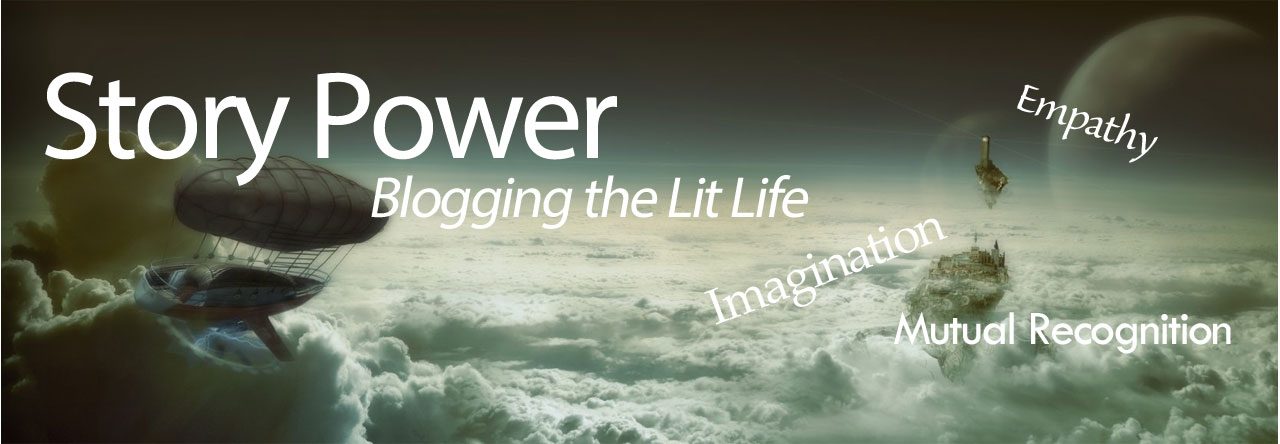The patriarchy has been a long standing struggle through history that extends beyond a specific culture. Jane Austin’s Pride and Prejudice in comparison to Raise the Red Lantern are perfect examples of this. Although the stories occur during different time periods in widely different cultures, both have showcased the perspective of a woman trying to gain her own power. Both pieces examine marriage and what true happiness in marriage really means. These stories show the ability of women, despite their circumstances, to overcome.
Both Songlian and Elizabeth are well-educated, bright young women. They are both strong willed and independent despite what others may say. Both their characters are highlighted by a male counterpart, Darcy and the Master. Elizabeth refuses to marry a man she does not like, despite the many proposals she is given. Songlian, however, is forced to become a Mistress, yet she still attempts to gain power in this position. Despite their different lives, both women have many similarities. Most importantly, they use their traits to fight the man versus woman binary. Elizabeth uses her sharp wit and honest commentary to shape characters like Darcy into realizing his flaws. Songlian uses her intelligence and calculated performances not only to gain power as a mistress, but also to ideally change traditions for the better. Most importantly, both women give us a strong female perspective from a time period during which women were thought of as nothing more than property.
The main theme of both stories is women going against the patriarchy. Songlian and Elizabeth consistently use their intelligence and words to their advantage. They remain independent and honest to themselves. In my opinion, both these women found power by standing in their beliefs. I am deeply impressed by their wit and their willingness to be true to themselves despite their circumstances. I believe both these women, although fictional, helped create a better future for the people around them. I think both these characters are powerful women that can be truly admired for their strength.
